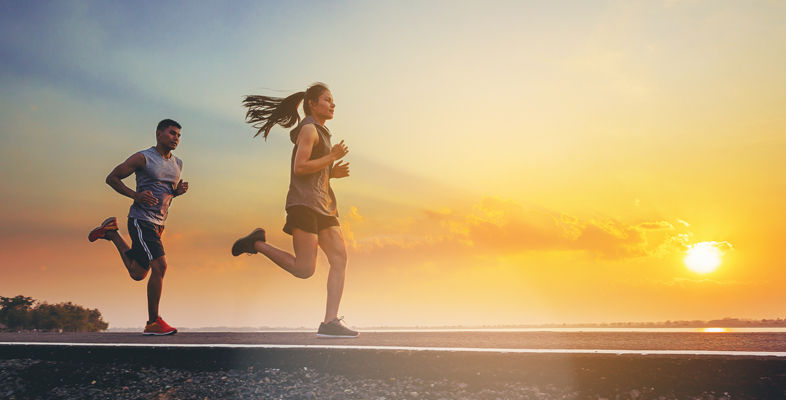3.1 VO2 max
VO2 max is the maximum volume of oxygen (in millilitres) that the body can use, per kilogram of body weight per minute (ml/kg/min). During endurance exercise the aerobic energy system uses oxygen to convert the body’s fat and glycogen stores into the body’s unit of energy (adenosine triphosphate or ATP). Having the ability to consume and use a large volume of oxygen (VO2) means that a higher level of energy, and thus performance, can be generated. The VO2 that can be utilised by the body is determined by the delivery, extraction and distribution of oxygen to the working muscles (see Table 2).
| Oxygenation of blood | Delivery of oxygen | Oxygen extraction and use by tissues |
|---|---|---|
| Lungs | Cardiac output (stroke volume x heart rate) |
Capillary density (number of capillaries per unit cross-sectional area of muscle) |
| Transfer to blood | Blood volume and flow | Mitochondrial density (number of energy cells) |
| Haemoglobin content (O2-carrying capacity of blood) |
Stroke volume – the amount of blood pumped out by a single contraction of the heart – is considered the most important factor contributing to VO2 max; elite athletes tend to have higher blood volumes, higher stroke volumes and consequently lower resting and exercising heart rates (Joyner and Coyle, 2008). As well-trained athletes have already improved their oxygen delivery and extraction, large increases in VO2 max are unlikely. Therefore, to further enhance endurance performance, trained athletes may focus on other key determinants such as increasing their lactate threshold or exercise economy.
